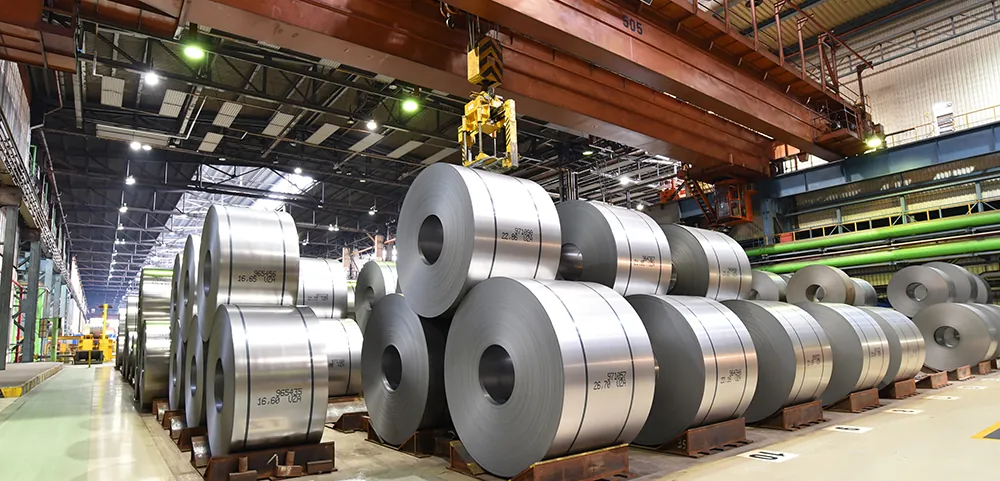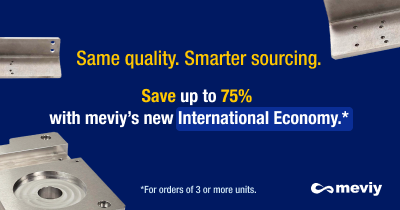BLOG » The Difference Between SECC and SGCC: All you Need to Know
The Difference Between SECC and SGCC: All you Need to Know
Zinc-plated steel sheets play a pivotal role in various industries, offering protection against corrosion and adding durability to a wide range of applications. Zinc-plated steel sheets are created by applying zinc plating to SPCC (Cold-Rolled Steel Sheets). SPCC is an affordable and readily available steel sheet known for its excellent workability, making it a preferred choice for various shaping processes such as bending and squeezing. However, SPCC is highly prone to rust and typically requires surface treatment.
Among the many varieties available, SECC (Electro-Galvanised Steel) and SGCC (Hot-Dip Galvanised Steel) are two popular choices with distinct properties and applications. In this blog post, we delve into the world of zinc-plated steel to explore the key differences between SECC and SGCC. By understanding their unique characteristics, you’ll be better equipped to choose the right type for your specific project or application.
Understanding the Difference Between SECC and SGCC
Zinc-plated steel sheets are categorized based on the plating method and the type of metal used.
There are two primary plating methods: hot-dip galvanisation and electro-galvanisation.
Hot-Dip Galvanisation (SGCC) - EN 1.0330 equiv. (galvanised)
Electro-Galvanisation (SECC) - EN 1.0330 equiv. (Electrolytic Zinc Plating)
In this method, zinc is dissolved in a solution, and an electric current is used to deposit the dissolved zinc onto the surface of the material to be plated. There are various electro-galvanisation methods, including zinc ammonium baths or zinc chloride potassium baths using alkaline solutions. Electro-galvanised coatings are uniform in thickness and offer decorative properties. Unlike hot-dip galvanisation, electro-galvanised materials are not used directly. To enhance corrosion resistance and prevent the formation of white powdery corrosion, they are commonly subjected to chromate treatment. Chromate treatment uses a solution with components similar to those used in chromium plating and is employed to further strengthen the zinc plating. It allows for added decoration, such as achieving a gold-like color, black color, or gloss.
Formerly, hexavalent chromium was widely used in chromate treatment. However, due to its toxicity, trivalent chromium is now the predominant choice. Additionally, there is a global shift toward chromium-free alternatives. Some companies are increasingly using processes involving nickel alloys or molybdenum. Furthermore, considering environmental concerns, regulations may impact the choice of metals used in the manufacturing process, plating methods, and treatments. Stay updated with the latest information by checking regularly.
In the classification based on metals, there are two types of zinc plating: pure zinc plating and zinc alloy plating. In zinc alloy plating, the types of metals added differ between hot-dip galvanisation and electro-galvanisation. In hot-dip galvanisation, lead was commonly used in the past, but in recent years, cases of adding aluminum and magnesium have increased. On the other hand, electro-galvanisation involves alloyed zinc plating with metals such as nickel and iron.

Steel sheet with electro-galvanisation: SECC and its Characteristics
What are the properties of SECC, and what is its intended use? Here, we will explain the features and applications of SECC.
SECC is a steel sheet that has undergone electro-galvanisation. In English, it is often referred to as “Steel Electrolytic Cold Commercial.” It is also known as “Bonded Steel Sheet,” a name derived from when Nippon Steel first introduced SECC as a product.
The “CC” at the end of SECC indicates that, like its base material, SPCC (cold-rolled steel sheet), it is a general-purpose material that has been cold-rolled.
Since the base material is SPCC, SECC shares the same characteristic of being highly workable. It has an attractive appearance due to the electro-galvanisation, giving it a shiny surface. It is also known for its good paint adhesion, allowing it to be painted in various colors.
Among processed steel sheets, SECC is the most widely distributed.
Generally, electro-galvanised steel requires chromate treatment. However, because chromate treatment involves the use of chemical substances containing chromium, SECC employs a chromium-free coating for its zinc plating and does not undergo chromate treatment.
For other materials that have undergone electro-galvanisation and require chromate treatment, pre-treated options are available for purchase, making it rare for buyers to conduct separate treatments.
SECC's Applications
As it is a general-purpose steel material, SECC does not exhibit very high strength. Additionally, the zinc plating layer is thinner compared to hot-dip galvanised coatings, making it unsuitable for use in harsh environmental conditions. Consequently, SECC is widely used in applications such as the casings of household appliances and indoor electrical equipment.
Advantages and Disadvantages of SECC
Advantages
- Relatively affordable and readily available.
- Has a beautiful surface appearance.
- Exhibits excellent workability and is easy to shape.
- Offers good paint adhesion.
One of the most common types of pre-treated steel sheets, making it relatively cost-effective. It is based on the highly workable SPCC material, and its thin and uniform plating allows for easy processing, such as pressing.
Disadvantages
- Requires chromate treatment.
- Lower corrosion resistance compared to SGCC.
SECC undergoes electro-galvanisation, necessitating chromate treatment. Moreover, its plating thickness is thinner than that of hot-dip galvanised coatings, resulting in inferior corrosion resistance. Therefore, it is not suitable for outdoor use or locations prone to exposure to water and other corrosive elements.
SGCC - Features and Applications
SGCC's Features
SGCC refers to steel sheets that have been subjected to hot-dip galvanisation. In English, it is abbreviated as “Steel Galvanised Cold Commercial.” Since hot-dip galvanisation is applied to SPCC material, its basic properties are similar to those of SPCC. One of its distinctive features is its thicker galvanised coating compared to SECC, providing excellent corrosion resistance. SGCC is part of a group that includes alloyed hot-dip galvanised steel sheets and galvalume steel sheets.
SGCC's Applications
While it may not possess exceptionally high strength, SGCC’s outstanding corrosion resistance makes it suitable for a wide range of applications. It is used in the construction of transmission towers for power lines, guardrails, and various automotive chassis components. Additionally, SGCC is commonly employed in construction materials, such as shutters, awnings, and as corrugated steel sheets for building exteriors and roofing.
Advantages and Disadvantages of SGCC
Advantages
- Long-lasting Corrosion Resistance: SGCC offers a high level of corrosion resistance that can endure for extended periods.
- Relatively Affordable and Accessible: It is reasonably priced and readily available.
- Excellent Processability: Similar to SPCC, SGCC, as a material, possesses ease of processability. Additionally, it boasts higher corrosion resistance compared to SECC, which is a significant advantage.
Add Your Heading Text Here
- Formation of Spangle Patterns: In some cases, SGCC may exhibit a phenomenon known as “spangle,” where geometric patterns form due to the crystallization of zinc and impurities from the atmosphere. The presence or absence of spangle does not affect its properties significantly, but it can be used for design purposes.
- Zinc Transfer During Press Processing: During processes like press forming, a fine layer of zinc on the surface can be sheared off and adhere to the mold. This zinc transfer increases friction resistance on the mold and can lead to various forming defects.
Summary
Plating is a process of forming a thin metal film on the surface of metals or plastics, and among them, zinc plating is known for its high corrosion resistance, making it widely used for surface treatment of iron products.
SECC is steel that has undergone electrolytic zinc plating applied to SPCC (cold-rolled steel sheets), while SGCC is steel with hot-dip galvanised coating applied to SPCC. Both materials are corrosion-resistant and easy to process due to zinc plating, making them suitable for applications such as electrical enclosures and construction materials.
At Meviy, we offer a variety of zinc-plated steel sheets, both electrolytic and hot-dip galvanised, with short lead times (as short as 1 day for shipping).
 Deutsch
Deutsch Français
Français Español
Español Italiano
Italiano Polski
Polski